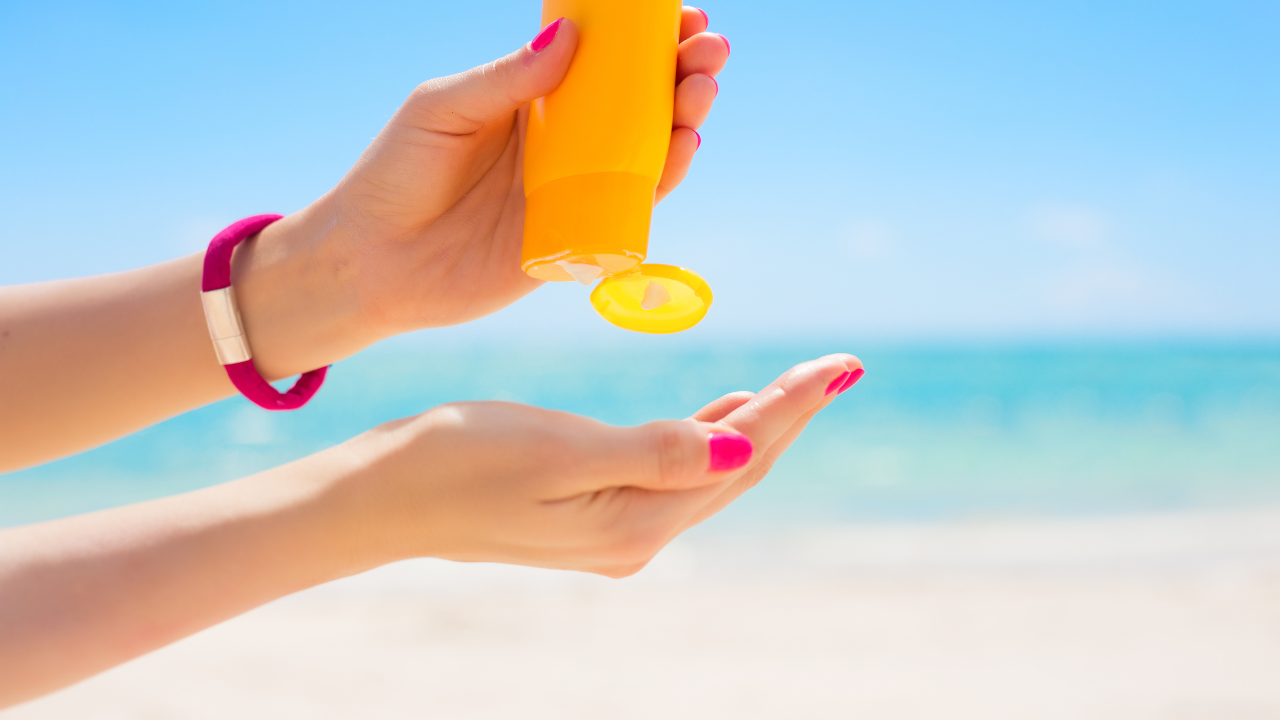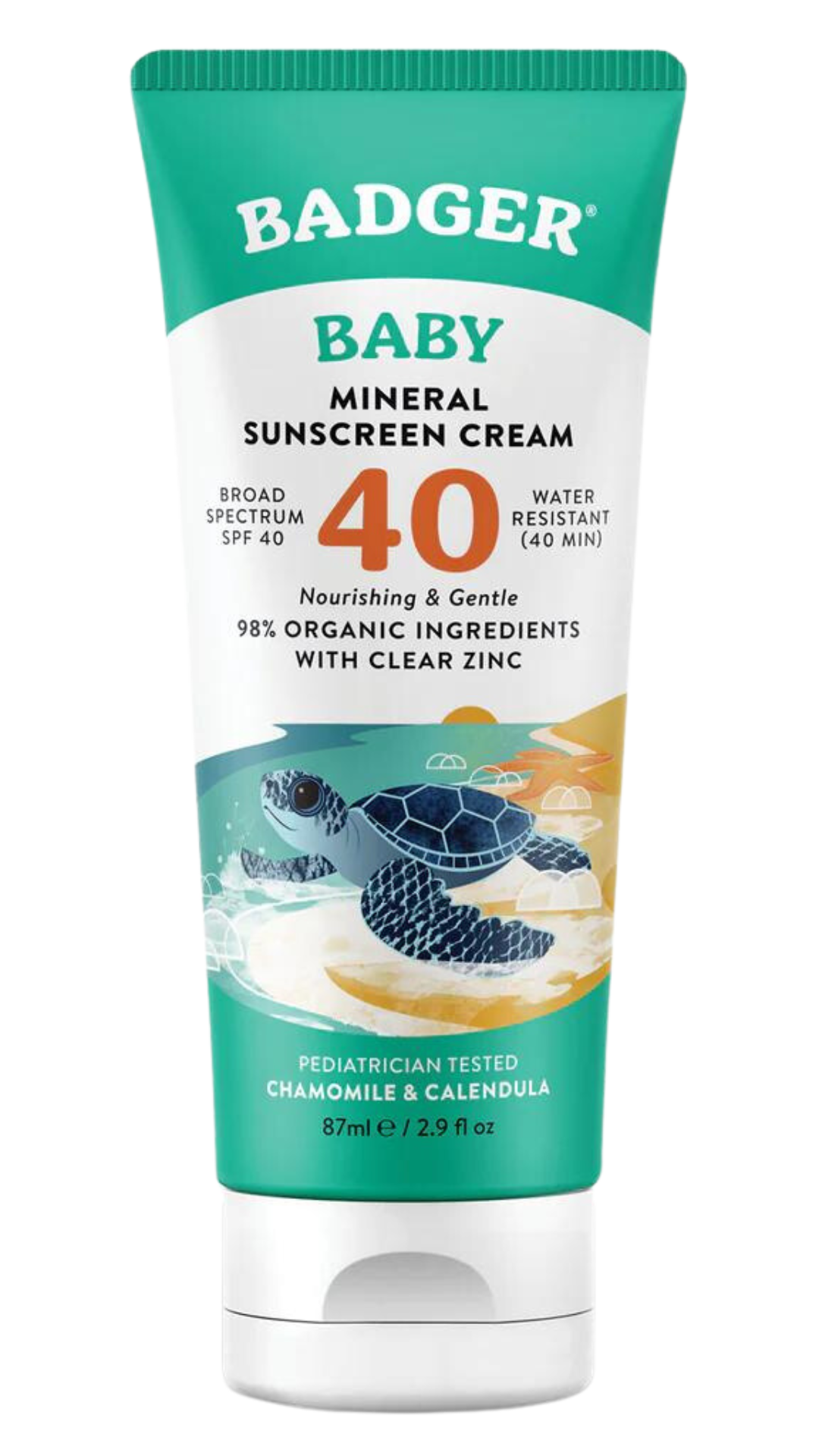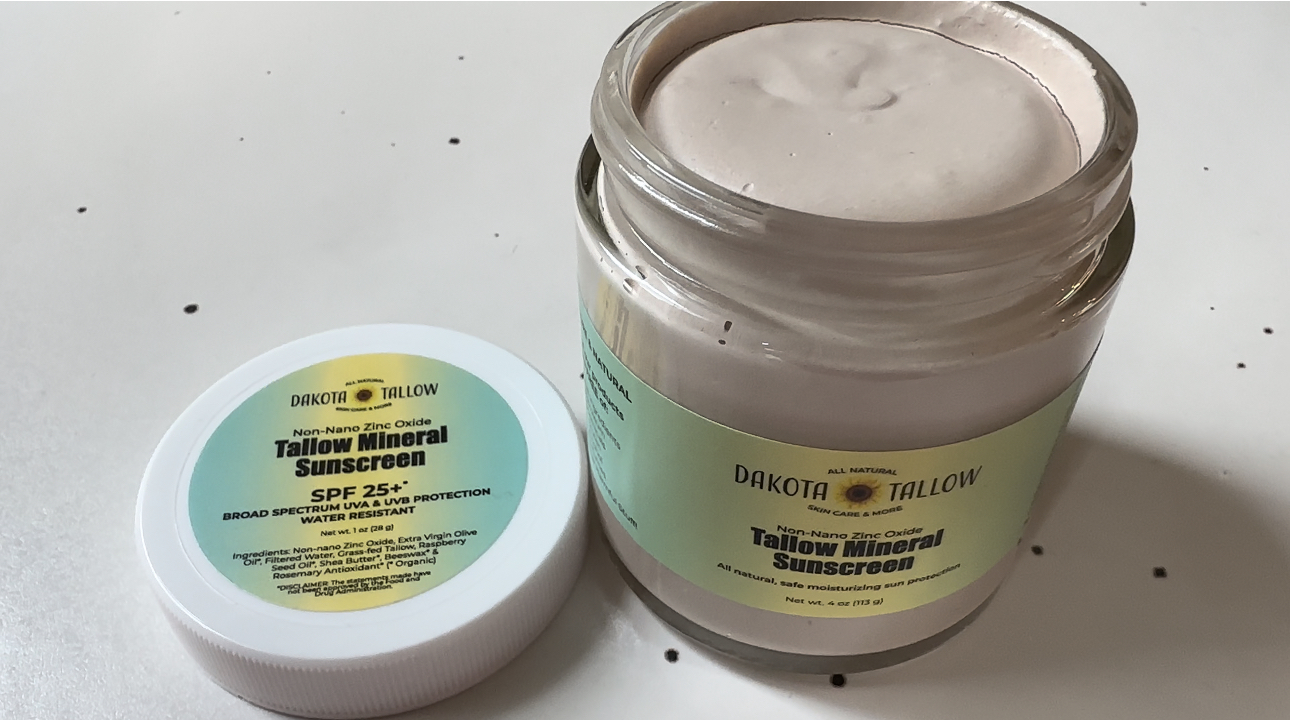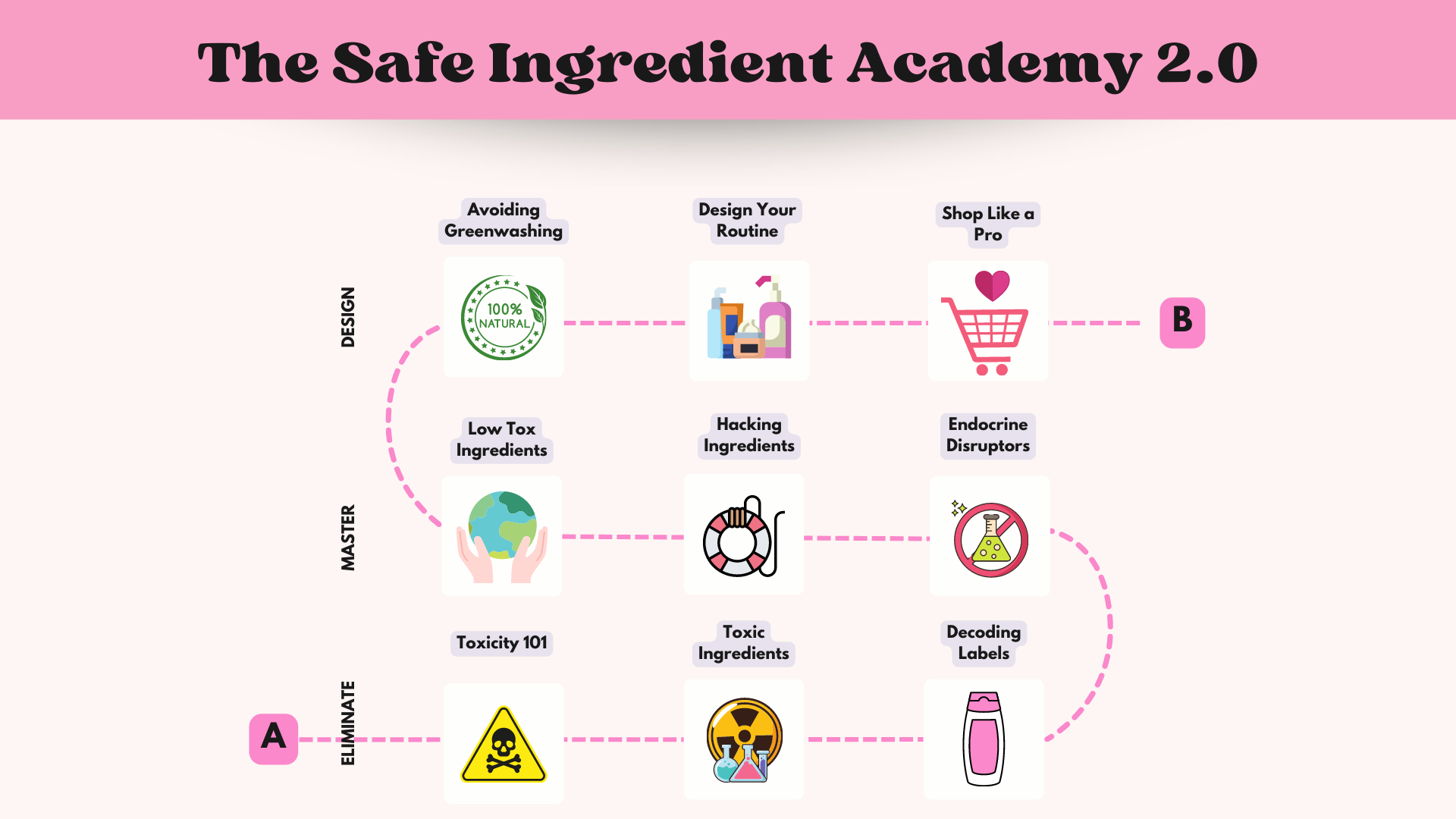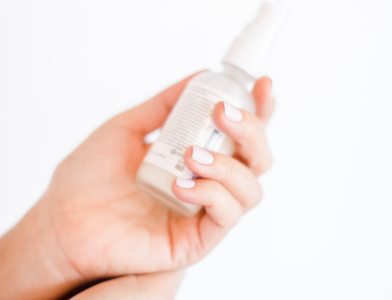Many of us believe that applying sunscreen is essential for protecting our skin from harmful UV rays. However, what if the product we rely on for protection is actually posing a threat to our health? In this article, we will delve into the secret of sunscreen that the industry doesn’t want you to know. As a Board-Certified Toxicologist and concerned parent, my mission is to help you navigate the world of environmental toxins and make informed choices to safeguard your family’s well-being.
In my latest YouTube video, I show the reasons why you might want to choose non-toxic mineral sunscreen for your family.
Here’s what you’ll learn:
- The Dark Side of Chemical Filters
- Environmental Impact and Body Accumulation
- Safe Alternatives: Mineral Sunscreens
- Safety Tips for Choosing Low-Tox Sunscreens
- Dr. Yvonne’s Top Low-Tox Sunscreens for 2023
If you want to watch the full video, press play now! You can also continue scrolling to read more.
Please note this blog post contains affiliate links that allow you to find the items mentioned in this video and support the channel at no cost to you. While this account may earn minimal sums when the viewer uses the links, the viewer is in NO WAY obligated to use these links. Thanks for your support!
The Dark Side of Chemical Filters
Chemical filters like oxybenzone, avobenzone, and octinoxate have long been used in sunscreens. However, recent studies have raised concerns about their potential toxicity. Oxybenzone, a common sunscreen ingredient and endocrine disruptor, has been found to interfere with hormone systems, leading to reproductive issues, hormone imbalances, and even cancer. The European Union Scientific Committee for Consumer Safety has highlighted the health risks associated with these chemical filters. Moreover, these chemicals do not easily wash off when we swim or sweat, resulting in their absorption into our bodies and potential long-term damage.
Environmental Impact and Body Accumulation
Disturbingly, these chemical filters are not only harmful to our bodies but also have adverse effects on the environment. Up to 97% of people have detectable levels of oxybenzone in their urine, indicating its presence in their bodies. Sunscreen is recommended for daily and frequent use, including on children as young as six months old. However, children are particularly vulnerable to toxic substances, and their exposure to harmful chemicals should be minimized. Sun protection shouldn’t come at the cost of introducing toxins that negate the benefits and potentially cause long-term harm.
Safe Alternatives
Mineral Sunscreens Fortunately, there are low-toxicity alternatives available that effectively protect our skin from the sun without compromising our health. Mineral sunscreens, also known as physical sunscreens, create a physical barrier on the skin’s surface, deflecting harmful rays. Non-nano mineral sunscreen ingredients, such as zinc oxide, are considered safe as they do not absorb into the bloodstream through the skin. These alternatives offer adequate sun protection without the potential environmental and human health concerns associated with chemical filters.
Safety Tips for Choosing Low-Tox Sunscreens
- Avoid aerosol sunscreens to minimize inhalation risks and ensure even application.
- Steer clear of synthetic UV chemical filters, including avobenzone, homosalate, and oxybenzone.
- Say no to fragrance or scented sunscreens, as they may contain endocrine disruptors, carcinogens, or allergens.
🏆Dr. Yvonne’s Top Low-Tox Sunscreens for 2023
Made with organic ingredients, this unscented sunscreen is widely available online and in health food stores like Sprouts or Whole Foods.
Offering both tinted and un-tinted versions for face and body, this sunscreen utilizes organic ingredients like aloe vera to nourish the skin.
Dakota Tallow Mineral Sunscreen
Made with non-nano zinc oxide and grass-fed tallow (beef fat), this sunscreen comes in a glass jar, making it eco-friendly and non-leaching.
The Importance of Reading Ingredient Labels
Always read the ingredients list of sunscreen products thoroughly, paying attention to both active and inactive ingredients. Some manufacturers may include potentially harmful substances, such as Butyloctyl salicylate, that bear similarities to other sunscreen chemicals with toxic concerns. By being conscious of the ingredients, you can make healthier choices for yourself and future generations.
If you need help understanding ingredient labels on beauty & personal care products, keep reading below 👇🏽
Conclusion
As consumers, it is crucial for us to be aware of the potential dangers lurking in our everyday products. Sunscreens, intended to protect our skin, can sometimes introduce harmful chemicals into our bodies and the environment. By opting for low-toxicity alternatives, such as mineral sunscreens, and understanding how to read ingredient labels, we can make more informed decisions about the products we use. Let’s prioritize our health and take steps towards a safer and healthier future for ourselves and our loved ones.
Completely eliminate toxic beauty & personal care products from your life within 30 days.
The only program created by a Doctor of Toxicology that teaches busy & aspiring moms exactly how to detox their beauty & personal care routines without overwhelm or hours of research.
Click here for more information about the Safe Ingredient Academy
RESEARCH ARTICLES & RESOURCES MENTIONED
- EU Scientific Committee on Consumer Safety Opinion on Benzophenone-3 https://health.ec.europa.eu/system/files/2022-08/sccs_o_247.pdf
- EU Scientific Committee on Consumer Safety Opinion on Homosalate https://health.ec.europa.eu/system/files/2022-08/sccs_o_244.pdf
- EU Scientific Committee on Consumer Safety Opinion on Octocrylene https://health.ec.europa.eu/system/files/2022-08/sccs_o_249.pdf
- Effect of Sunscreen Application on Plasma Concentration of Sunscreen Active Ingredients: A Randomized Clinical Trial https://pubmed.ncbi.nlm.nih.gov/31961417/
- Dermatological and environmental toxicological impact of the sunscreen ingredient oxybenzone/benzophenone-3 https://pubmed.ncbi.nlm.nih.gov/29086472/
- Lipid ingredients in moisturizers can modulate skin responses to UV in barrier-disrupted human skin in vivo https://pubmed.ncbi.nlm.nih.gov/22209282/

